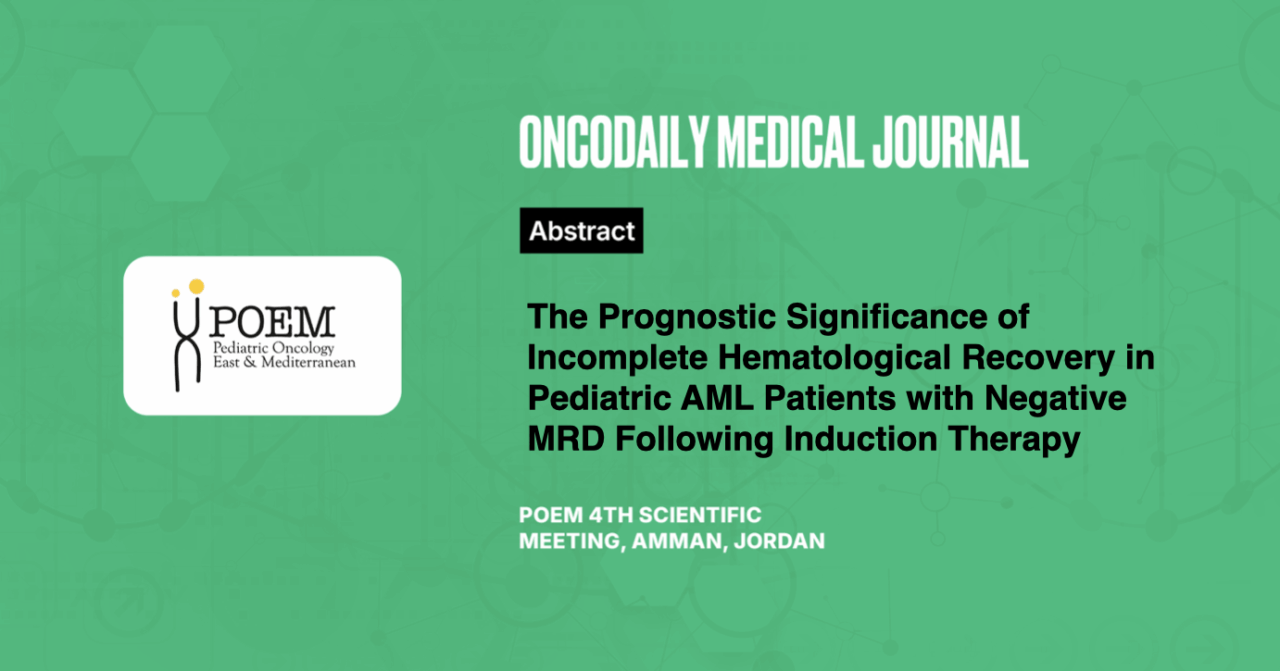The Prognostic Significance of Incomplete Hematological Recovery in Pediatric AML Patients with Negative MRD Following Induction Therapy
Abstract
Introduction: Early risk stratification in AML is vital. Many retrospective studies observed inferior long-term outcomes associated with complete remission with incomplete hematologic recovery (CRi). The present study aims to evaluate the prognostic significance of delayed hematological recovery in pediatric AML patients with negative MRD following induction I therapy.
Methodology: This retrospective study analyzed data from 120 children treated at Children’s Cancer Hospital Egypt (CCHE-57357) from January 2012 to December 2020. Based on ANC and platelet count, patients were divided into 3 groups.
Results: despite no significance was detected still patients who did not achieve CR had lower survival rates than those with complete recovery and even partial hematological recovery with 5year OS 63.3% in CRi vs 71.8% in CR and 76% in CRh with p = 0.5, 5year EFS 59.5 % in CRi vs 71.8% in CR and 69.7% in CRh with p= 0.4, 5 year RFS 69 % in CRi vs 81.6 % in CR and 79 % in CRh with p = 0.4.
Patients who never achieved a platelet count above 50,000/µL (CRip) had a lower five-year overall survival (OS) of 57.1% compared to those who did (CRp) at 73.3% with (p=0.06). Similarly, CRip patients had a lower 5-year relapse-free survival (RFS) rate of 66% compared to 78.4% for CRp patients. Despite that CRip patients exhibited lower survival and event-free survival (EFS) rates 55.1% vs. 69.3%, ( p= 0.1), these differences were not statistically significant.
Conclusion: CRi is a complex clinical outcome in AML that requires careful monitoring and management. While it is generally associated with a higher risk of relapse compared to CR/CRh, Further research is needed to better understand the factors that contribute to relapse in CRi patients and to develop strategies for improving outcomes.





